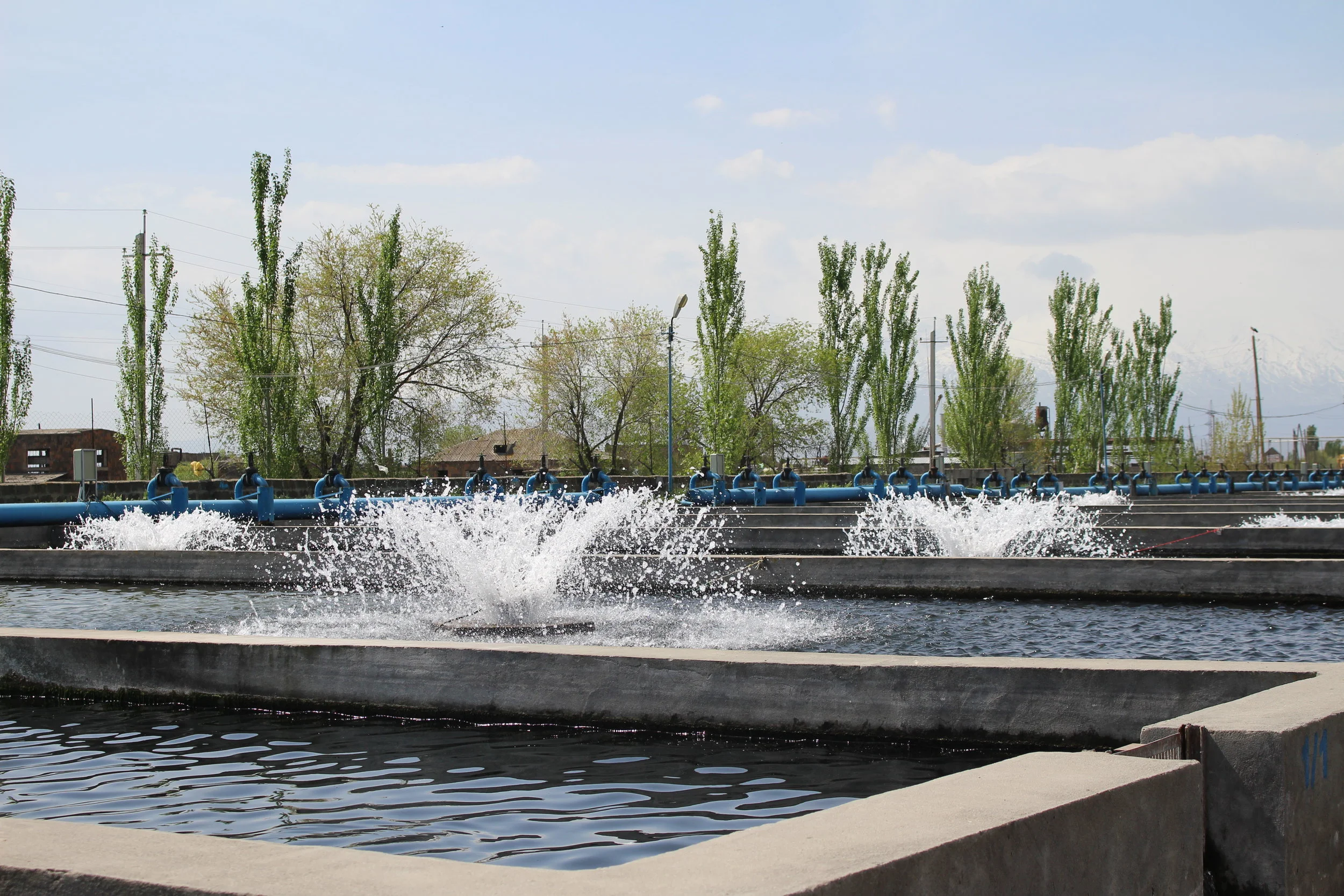We know that antibiotic resistance genes commonly appear in bacteria living in the muck below fish farms. Until recently, the assumption was that antibiotics used to prevent disease in these farms were the key force behind the high concentrations of resistance genes in the bacteria living below them but in 2014 a study challenged that notion by revealing that farms in parts of the Baltic, where antibiotics have been banned for years or were never used, still had sediment below them that was crawling with resistant strains of bacteria. That finding along with several others left researchers scratching their heads as to how the resistance was getting there. Now a new experiment is revealing that the food being used to feed farmed fish is where most of these resistant genes are coming from.
The researchers behind the work knew from past studies that antibiotics had often been detected in poor quality fish food but, when they looked through the literature, they could find no studies that analysed whether fish foods on the markets were actually carrying bacteria in them with resistant genes. Curious, they analysed a bunch of commonly used fish food products and, voila, there they were. The team uncovered a whopping 132 unique resistant genes in five different fish food products. And the reason these genes are there? The fish food products are being made in facilities where sanitation is poor and genetic material in chopped up fish that are being prepared to be made into fish food are not getting heated enough to be destroyed. Friggin unbelievable. You can read more in The Economist article that I wrote on this here.

